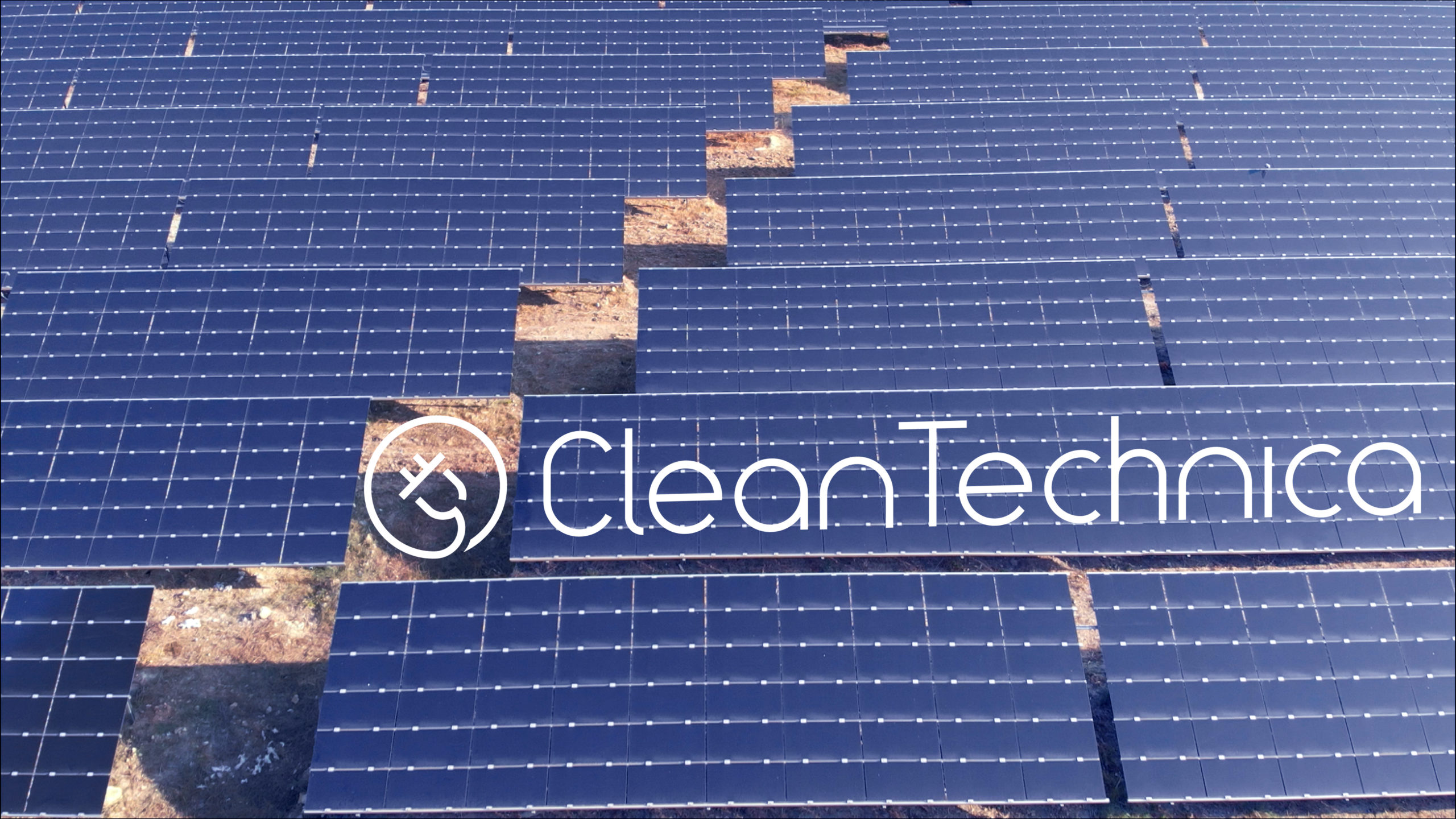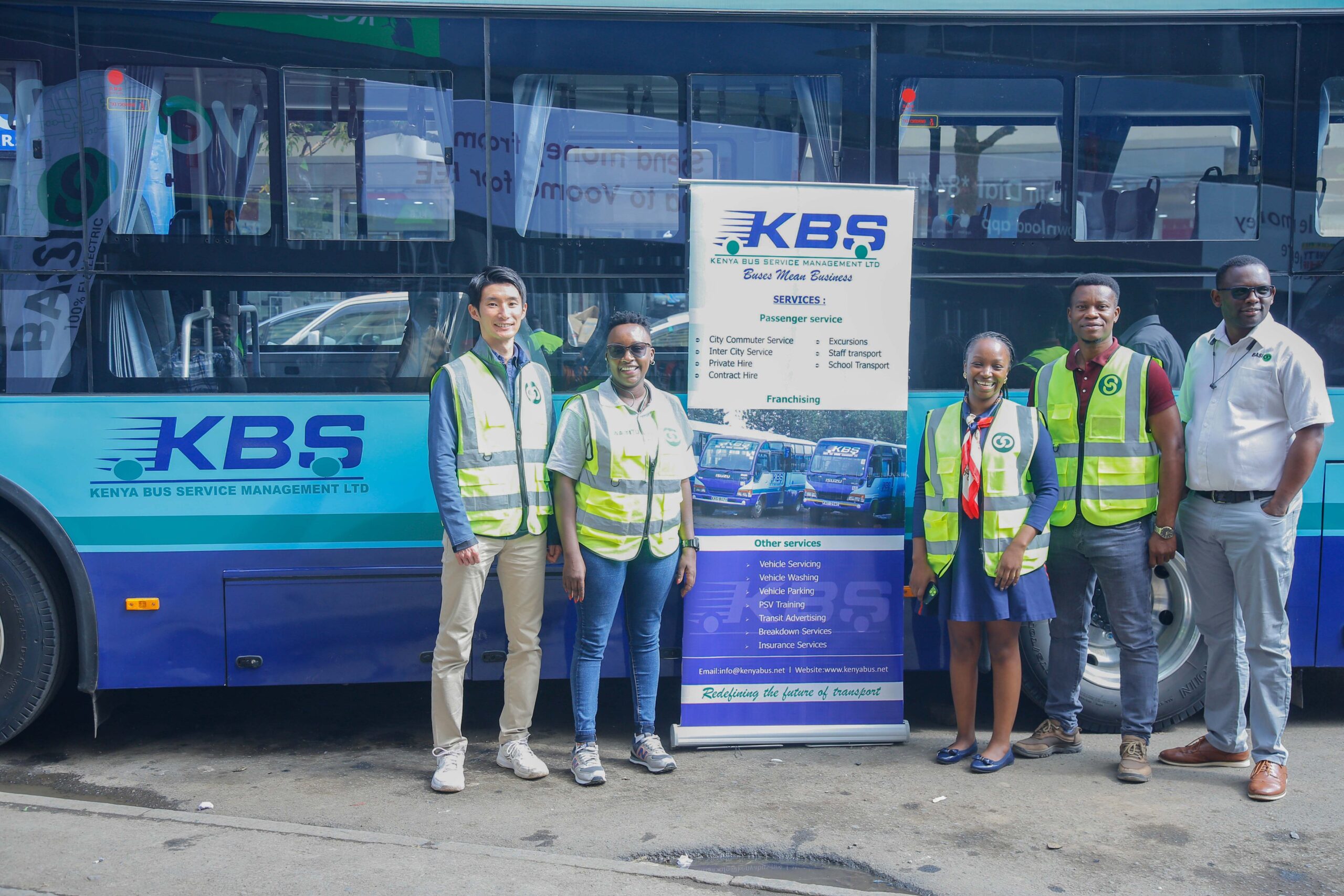The 2024 outlook for the Canadian oil and natural gas industry is excellent. What can oil and natural gas producers do to maximize the value of multiple bullish observations for shareholders and stakeholders? Consider these observations:
- Global crude oil demand is increasing, and OPEC+ production discipline is surprising. Therefore, Canadian revenue forecasts look excellent. That’s why capital spending plans are up.
- The determination of the federal Liberal government to strangle the oil and natural gas industry will be tempered by determined provincial opposition, court challenges, the reality of increasing demand and a slow energy transition.
- After years of controversy and dithering, Canadian LNG export terminal approvals are emerging. The forecast for global LNG demand and Canadian exports looks promising. Despite claims to the contrary, LNG is a helpful step along the energy transition path.
- The TMX pipeline is inching toward completion, creating a way for Canada to increase crude oil exports to an eager Asian market and reduce reliance on expensive rail exports.
- Investments in Alberta’s petrochemical capacity are increasing local demand.
- ESG performance by Canadian producers is superior and continuing to improve. Those facts appeal to some consumers.
- Pro-business parties govern Alberta and Saskatchewan. That encourages investment and increases jobs while reducing risk.
- Even the propane export forecast is bullish.
Here are some information technology ideas you can implement to maximize the value of these observations for your shareholders and stakeholders. Most are not new. However, most producers can do more to benefit fully from these ideas.
Predictive analytics
Many producers can significantly widen the application of predictive analytics to achieve value from the digital data they collect and manage. Predictive analytics encompasses various statistical techniques, including predictive modelling, machine learning, and data mining, to analyze current and historical facts to predict future or otherwise unknown events.
Here are five example applications along the upstream oil and natural gas well life cycle:
- Reducing exploration risk – Use data visualizations of 3D subsurface models and cross-sections to confirm or refute your hypotheses about the formation of the hydrocarbon reservoir.
- Creating development scenarios – Use predictive models to quickly explore the outcome of various price and development cost scenarios.
- Controlling drilling and completion costs – Use predictive analytics to better understand the variables at play in various opportunities to improve drilling and completion outcomes.
- Improving well performance – Use predictive analytics to understand better the variables that define the decline curve, such as operating cost, artificial lift performance, and formation pressure.
- Improving plant operations – Use predictive analytics to better understand the flood of Industrial Internet of Things (IIoT) or SCADA data from sensors. This data improves predictive component failure and maintenance and reduces operating costs.
- Evaluating acquisition and divestiture opportunities – Use predictive analytics to forecast acquisition returns based on various price, cost of capital and operating cost scenarios.
At least one of these predictive analytics applications can add value at your company.
Generative AI
Generative AI can be a significant timesaver compared to search engines like Google or Bing. The difference is that search engines return lists of relevant web pages for you to read and evaluate, while generative AI software directly answers your questions.
In addition to improving search, generative AI can generate complete first drafts of research papers and reports. Be sure to review the text carefully. Sometimes, generative AI includes impressive-sounding sentences that are inaccurate.
Experiment using generative AI software such as Bard, Bing Chat, ChatGPT, or DALL·E3.
Digital transformation
Digital transformation offers producers opportunities to:
- Eradicate your remaining paper-based, manual business processes to enable a comprehensive view of your data.
- Integrate IT systems to allow a cross-functional view of your activities that significantly reduces departmental silos and encourages cross-disciplinary collaboration.
- Support seamless employee and partner collaboration with digital workspaces for process improvements and sharing knowledge, trends, and intelligence.
- Implement electronic connectivity with your essential trading partners to improve supply chain effectiveness.
- Boost data quality to enable predictive data analytics that supports data-driven decision-making and reduces the risk of making poor decisions based on misleading data.
- Enhance data management practices to extract more value from your data.
- Modernize aging IT systems with Software-as-a-Service (SaaS) offerings to achieve more comprehensive digital support for your business processes.
This list of opportunities should trigger a thought about a digital transformation project you could undertake at your company to improve business processes and reduce rework. Please read this article for more detailed descriptions of these applications: Digital Transformation Applications for the Oil and Gas Industry.
For more oil and gas digital transformation ideas, please watch this video: Demystifying Digital Transformation.
Machine learning
Machine learning is a new technology helping many organizations identify and realize improvement opportunities. Machine learning refers to systems that can learn and adapt using algorithms and statistical models to analyze and draw inferences from patterns in data. Oil and gas examples include:
- Increase profitable production
- Reduce unscheduled downtime
- Reduce operating costs
- Improve equipment utilization
- Improve safety
- Reduce GHG emissions
Please read this article for more detailed descriptions of these machine learning examples: Machine Learning Applications for Upstream Oil and Gas.
Mobile apps
Mobile apps are software packages specifically designed for tablets and smartphones. The Apple App Store and Google Play offer multiple apps useful for digital transformation. The most widely used ones are for data entry and process automation. Examples include Forms on Fire and Process Runner. Many app developers also build custom apps for producers.
Mobile apps on tablets and smartphones can deliver quick, low-cost benefits by replacing uneven manual data capture, often in field and plant operation, and improving data accessibility. These projects can be particularly low risk if employees already use tablets and smartphones for other purposes.
About Yogi Schulz
Here’s the link to my IT blog at IT World Canada
Yogi Schulz is an information technology consultant who works extensively in the petroleum industry to select and implement administrative, operations, and geotechnical systems. He writes regular articles about developments in the energy industry and technology.
You can contact Yogi Schulz through his LinkedIn profile at this link.
Share This:




